Dinner
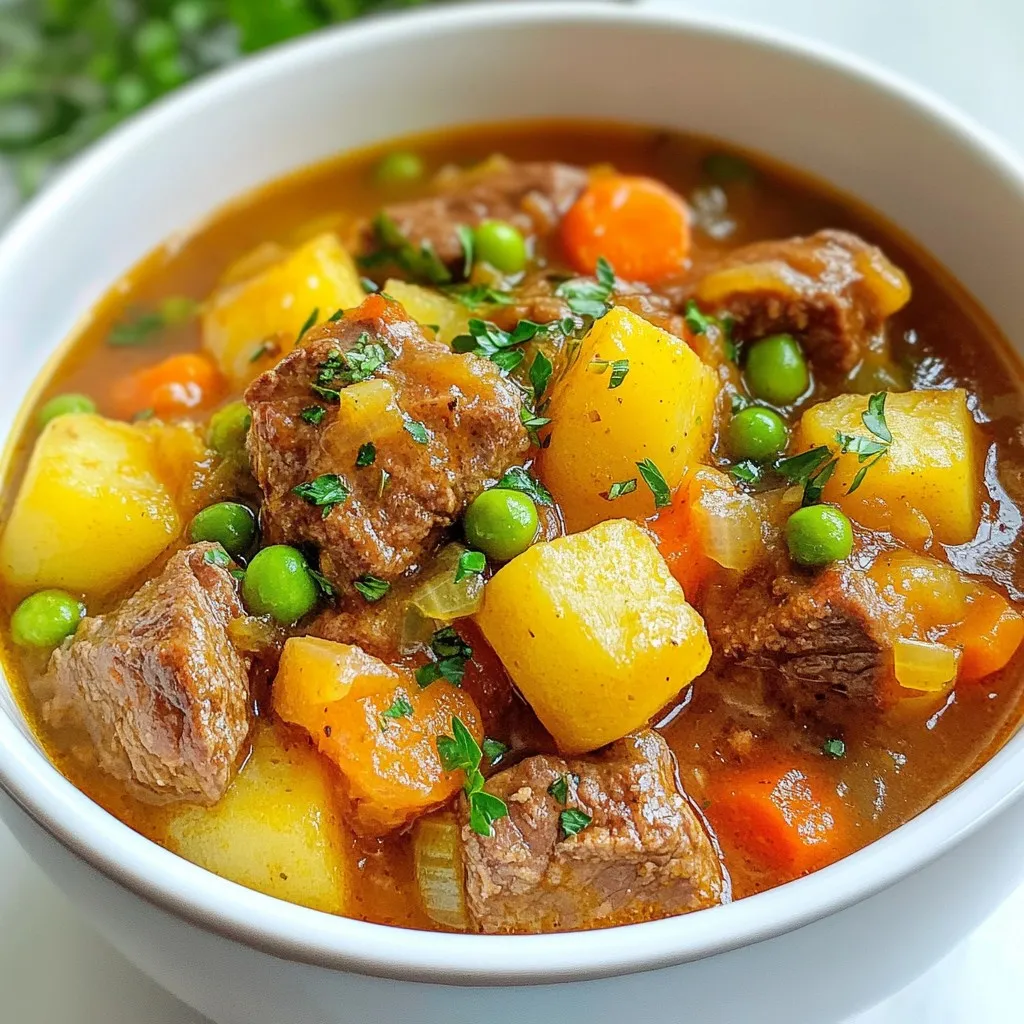
Cozy Crockpot Beef Stew Comfort Food Recipe
Nothing says comfort like a warm bowl of beef stew on a chilly day! In this Cozy Crockpot Beef Stew Comfort Food Recipe, you’ll discover

Sweet and Tangy BBQ Sausage Rice Flavorful Delight
If you’re craving a meal that combines sweet and tangy flavors, this BBQ sausage rice is just for you! With tender jasmine rice, juicy smoked
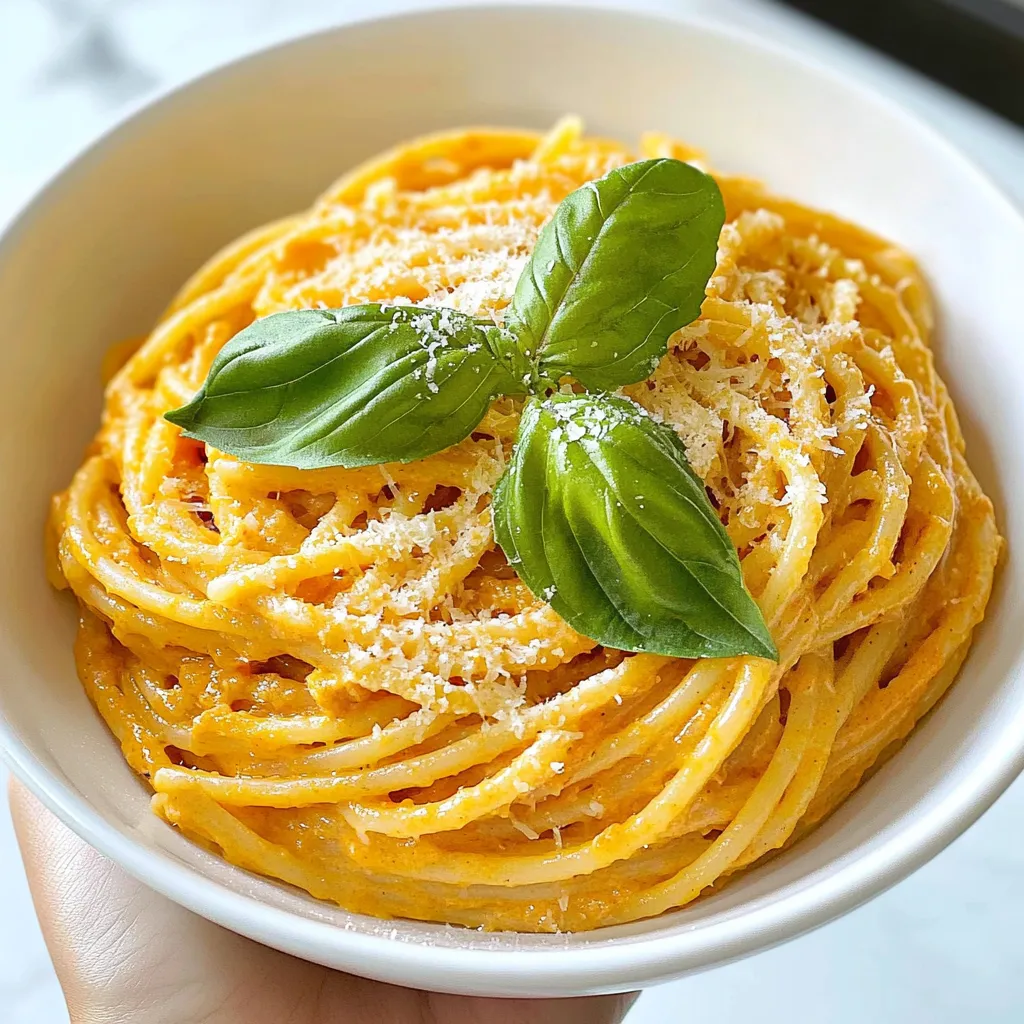
Creamy Tomato Pasta Simple and Flavorful Recipe
Are you ready to whip up a dish that delights your taste buds? My Creamy Tomato Pasta is simple to make and bursting with flavor.

Cheesy Chicken Pasta Delightful and Easy Recipe
Are you ready to whip up a dish that’s creamy, cheesy, and oh-so-delicious? This Cheesy Chicken Pasta is not just easy to make; it’s also
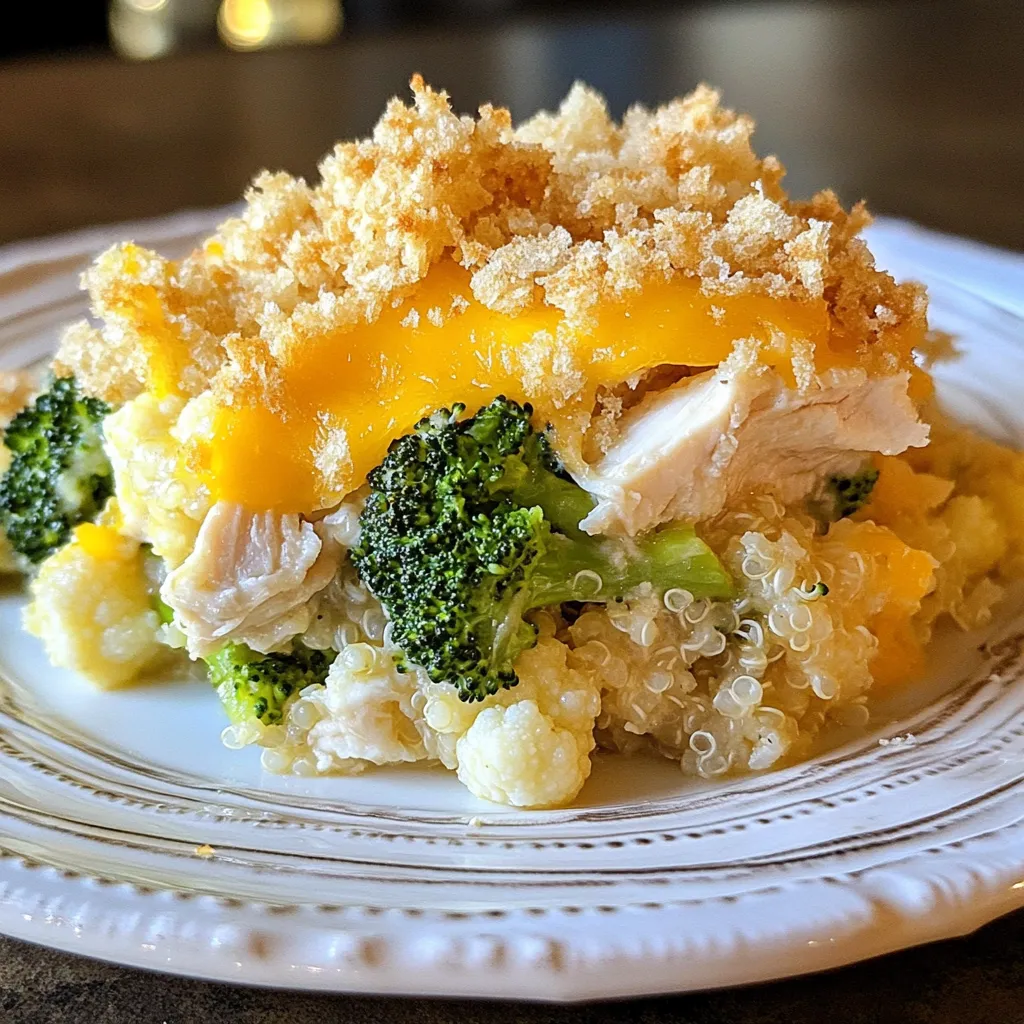
Amazing Chicken Casserole Quick and Easy Recipe
Looking for a simple, delicious dinner that everyone will love? You’re in the right spot! This Amazing Chicken Casserole is quick to make and packed
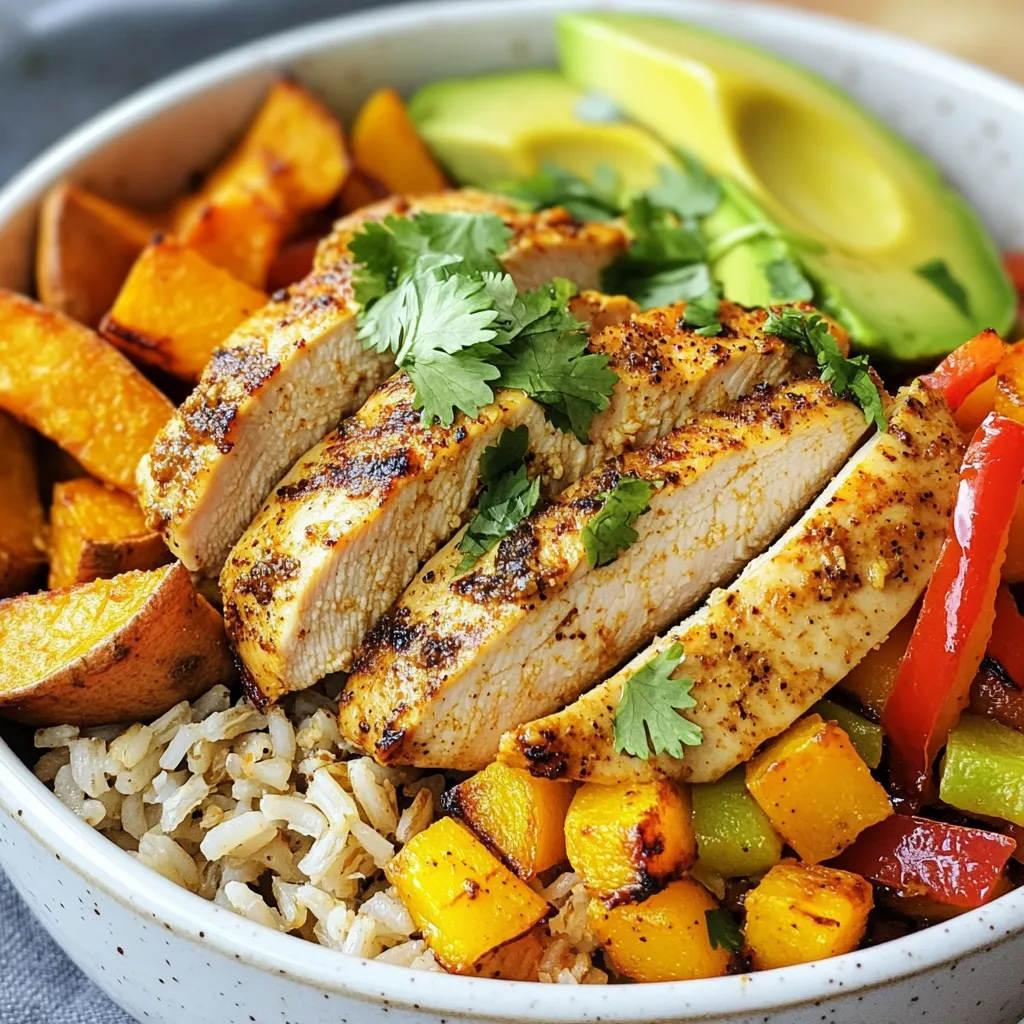
Chicken and Sweet Potato Rice Bowl Hearty Meal Recipe
Are you ready to create a meal that’s both tasty and filling? In this post, I’ll share my Chicken and Sweet Potato Rice Bowl recipe,

Creamy Garlic Chicken Broccoli Skillet Delightful Meal
Are you ready to elevate your dinner game? This Creamy Garlic Chicken Broccoli Skillet is the perfect dish for you! Packed with flavor and easy
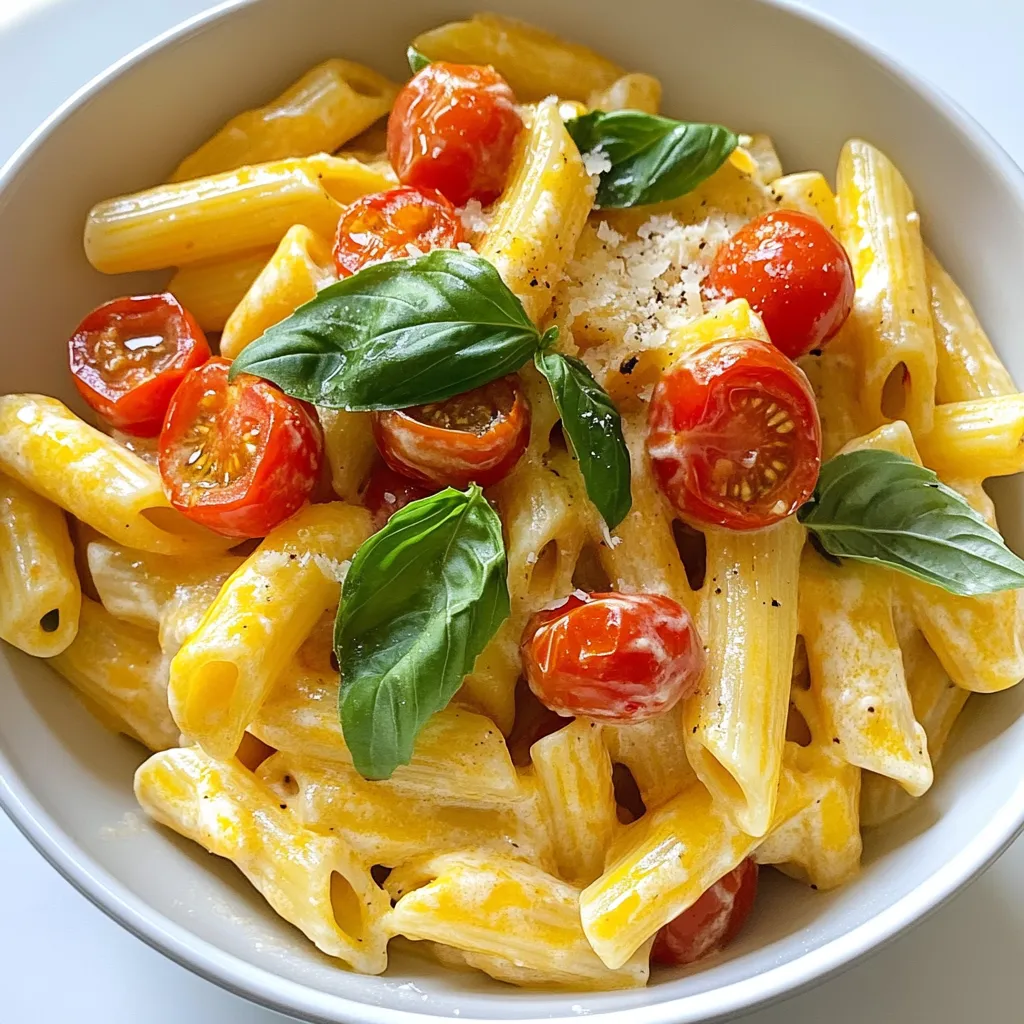
Tomato Ricotta Pasta Fresh and Flavorful Dish
Are you ready to create a delicious Tomato Ricotta Pasta? This fresh and flavorful dish combines simple ingredients for a quick meal that impresses. With
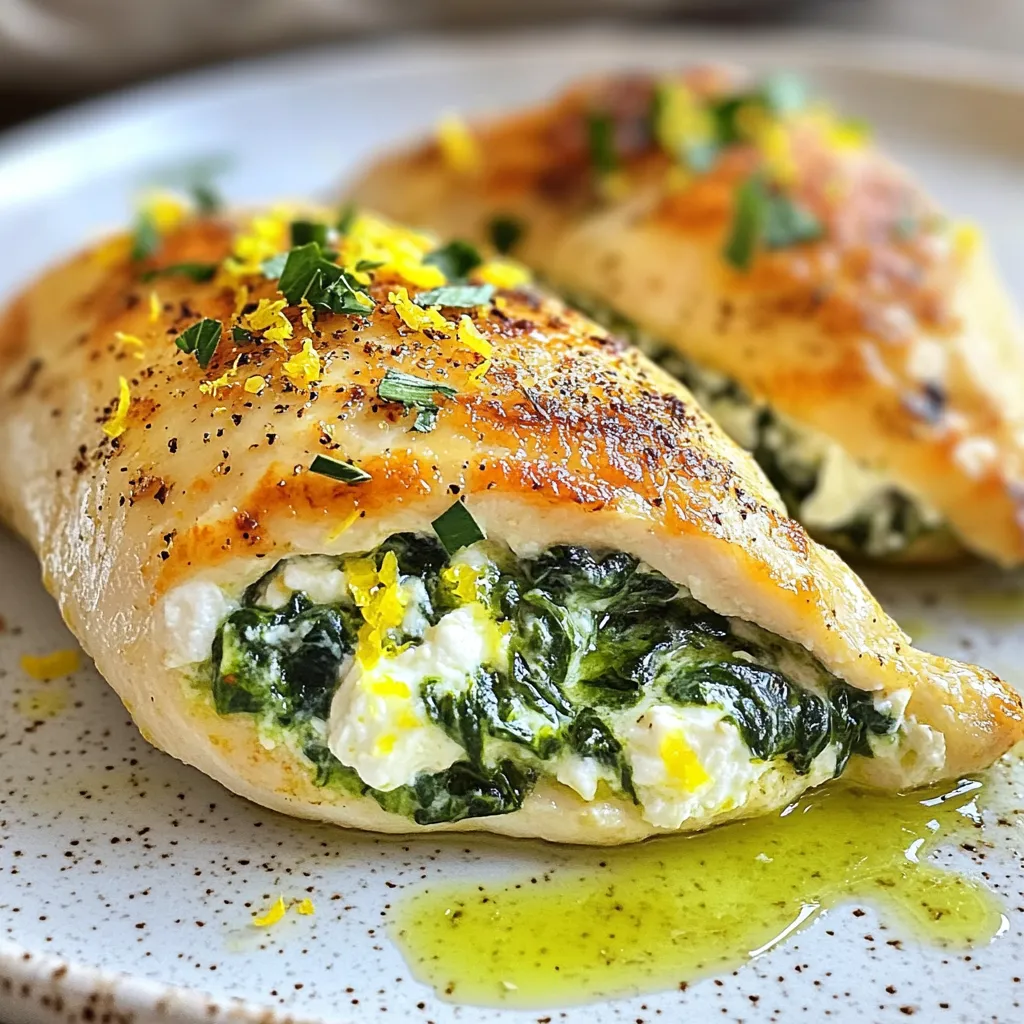
Spinach Stuffed Chicken Breasts Tasty and Simple Recipe
Looking to impress at dinner without the fuss? My Spinach Stuffed Chicken Breasts recipe is both tasty and simple. With just a few easy steps,